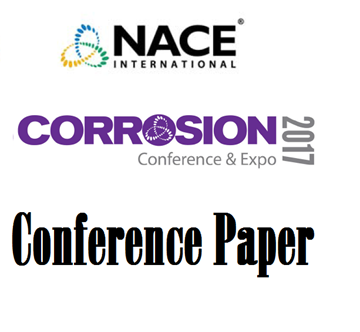Search
51313-02438-The Application of Risk Based Assessment to Geothermal Energy Plant
Also Purchased
Materials Selection Challenges for Geothermal Energy Projects
Product Number:
51317--9258-SG
ISBN:
9258 2017 CP
Publication Date:
2017
$20.00
51317--9767-Risk Based Approach to Integrated Asset Corrosion Management in the Oil and Gas Industry
Product Number:
51317--9767-SG
ISBN:
9767 2017 CP
Publication Date:
2017
$20.00
51316-7554-Heavy Metal Galvanic Corrosion of Carbon Steel in Geothermal Brines
Product Number:
51316-7554-SG
ISBN:
7554 2016 CP
Publication Date:
2016
$20.00




